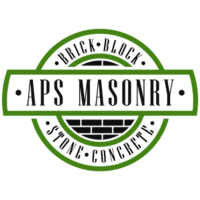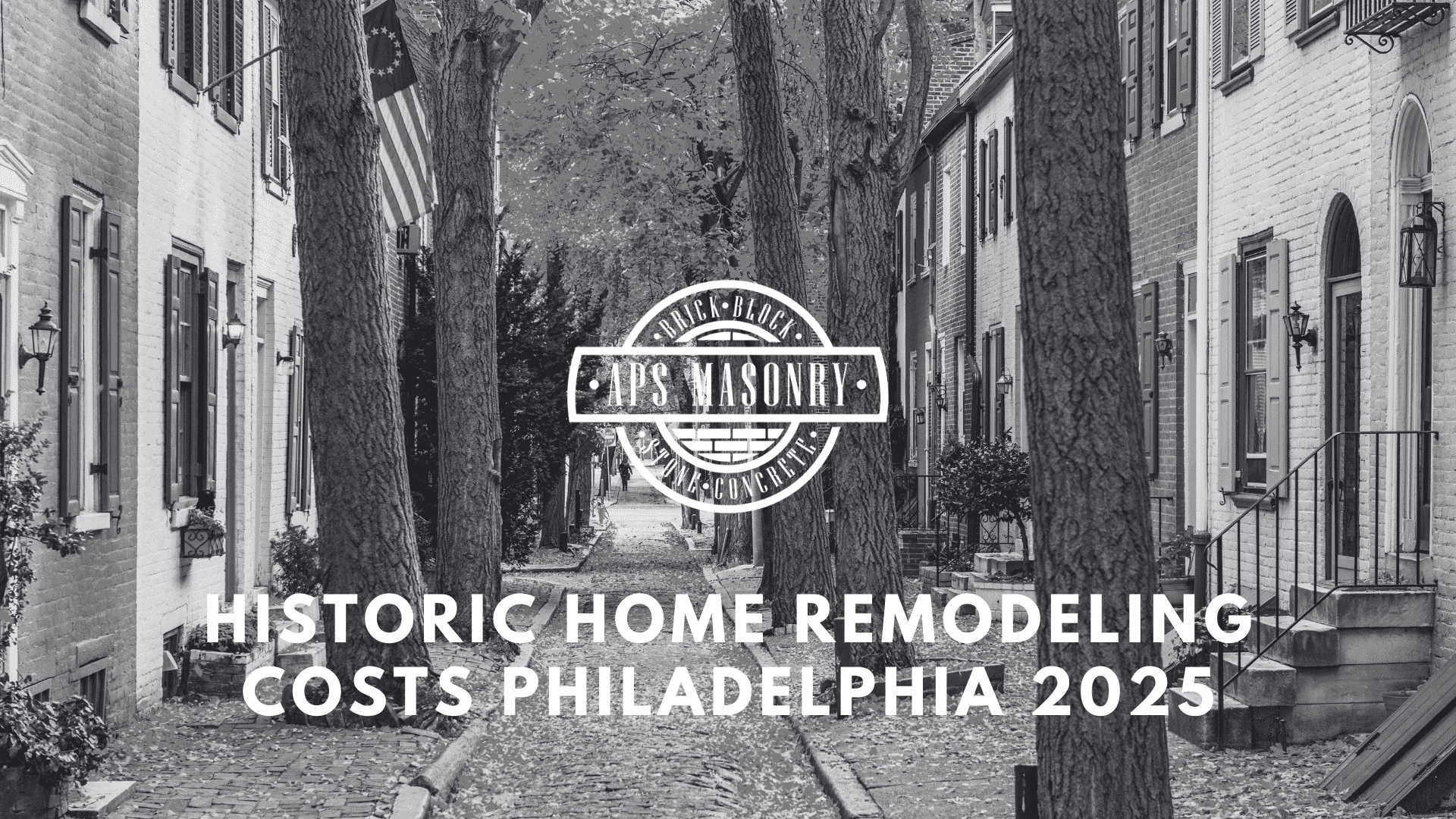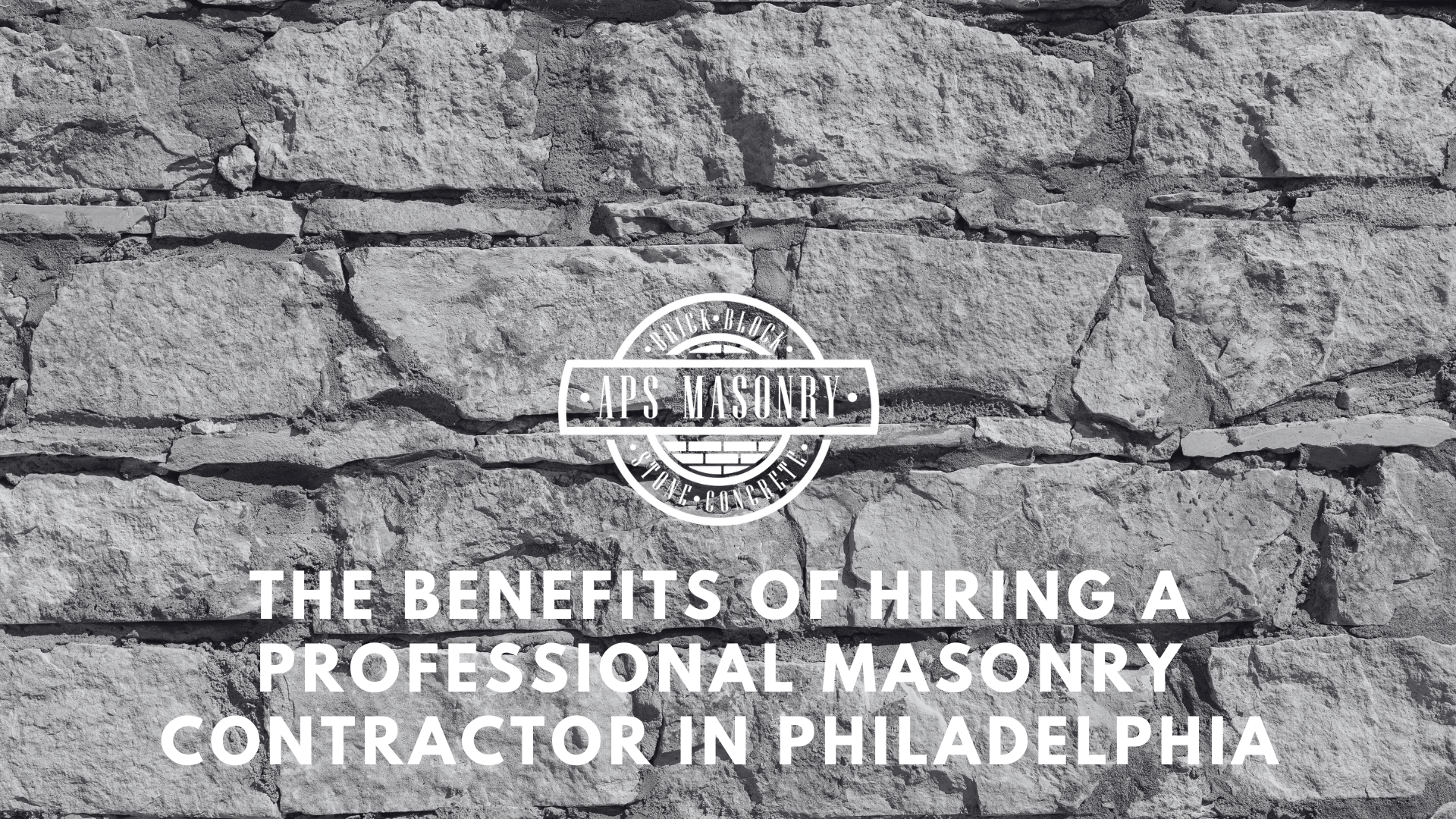Historic Home Remodeling Costs Philadelphia 2025
Remodeling your historic Philadelphia home in 2025 just got easier (and cheaper).
4 min read
 Alec Serowatka
:
Jun 17, 2025 9:59:46 AM
Alec Serowatka
:
Jun 17, 2025 9:59:46 AM

Historic preservation demands more than surface work. Philadelphia Property Owners Can protect historic character and future value.
A historic property in Philadelphia offers structure built to last, materials shaped by time, and features that speak to the city’s past. Renovating one means working with preservation restrictions, city permits, and original craftsmanship that cannot be replaced once it’s gone. Every detail matters—from the mortar holding old brickwork together to the roofline protected under historic preservation ordinances.
APS Masonry Contracting works with property owners who understand that maintaining historic character is more than visual. It’s structural. We manage renovation projects through each step of the process—matching original features, protecting value, and respecting the building’s role in the neighborhood. Our focus stays on the essential: durable work, compliant plans, and long-term preservation.
Talk to APS before you start your renovation plans. Avoid costly mistakes and protect your investment with a team that understands historic preservation from the ground up.
A historic home in a historic district is governed by layers of requirements. Building permits cover more than construction—they verify materials, appearance, and methods. In protected neighborhoods, even minor exterior changes require review. Project planning that skips this step triggers delays, violations, and rework.
Failing to submit proper documentation before starting work can block access to state-level tax credits and financial incentives. These programs cover up to 20% of qualifying renovation costs, but only if applications are approved before demolition or replacement begins. Without that paperwork, the money is lost permanently.
Homeowners who move forward without checking compliance often need to halt work, remove unapproved materials, and submit a second set of drawings. That process adds weeks, often months, and brings added costs in scaffolding, storage, and duplicated labor.
Old houses near sites like Independence Hall face even stricter enforcement. Any work visible from the street is subject to public record, and these reviews affect future resale. Potential buyers search listings for clear permit history. A missing certificate or violation tied to a façade repair becomes a negotiation point or a failed appraisal.
Nearly every aspect of the process must be considered before a single contractor arrives. APS handles material approvals, permit management, and tax credit documentation before work begins. That protects the structure—and the return on investment.
Hiring a good contractor means verifying experience with preservation codes, compliance documentation, and phased project execution. A team without a good track record may start the job, order materials, and build to spec—but fail to meet conditions tied to historic preservation easements. That error can stop a project completely.
Homeowners who fail to confirm this experience face real losses. Removing unapproved siding or replacing custom windows to match easement terms often adds $8,000 to $20,000 to a mid-size restoration.
Property use restrictions also carry risk. A contractor who installs HVAC or framing that doesn't meet code for a multi-unit conversion forces rework under city inspection. This results in full tear-outs and delays, pushing renovation costs up by 25% to 40% in labor alone.
Selecting the right agent matters too. An agent unfamiliar with historic review can miss easement disclosures or fail to flag binding covenants at the time of sale. That mistake changes the purchase price negotiation—and in resale, damages offer strength with potential buyers.
Every historic renovation depends on reading important details: load transfer points, permitted materials, and record history. Skipping that reading results in hidden issues like expired permits, undocumented material changes, and boundary encroachments. These errors become visible only during lender reviews, board inspections, or appraisal checks.
Each of these failures is a big mistake. They originate in common pitfalls—unvetted hires, unreviewed documents, and assumed approvals. APS confirms all restrictions, coordinates with legal records, and delivers work that clears both construction and resale with confidence.
A surface-level renovation on an old home hides nothing from an experienced inspector. Buyers, agents, and lenders walk through the property with one goal: to determine whether the structure behind the finishes matches the condition presented. When it doesn’t, the result is failed deals, reduced offers, and lost time on market.
Trapped moisture from historic wall assemblies causes slow water leaks behind plaster, sheathing, and trim. These leaks stain finishes, expand materials, and soften subfloors. When covered with paint or caulk instead of corrected at the source, they become a permanent liability.
Buyers see those signs clearly. Soft flooring, patchy surfaces, fresh paint on one wall but not the next—every one is a red flag. Agents flag it. Inspectors call it out. A seller may lose $25,000 to $40,000 off the asking price simply due to unfinished drainage or repointing work that signals deeper repair.
APS works with clients who plan for more than staging. We strip back failed pointing, reroute water properly, and confirm cavity breathability. Those decisions protect both resale and structure.
The market for renovated historic homes is competitive. Philadelphia’s town blocks often carry inventory from the 19th century. Buyers today expect documentation, proper drainage paths, and matched repair records. A lack of these lowers power in the negotiation and weakens the overall deal.
Selling a historic property requires more than aesthetics. It requires durable, well-documented, corrected work. APS delivers exactly that—without shortcuts and without surface coverups.
Original features like cornices, brackets, and decorative lintels carry weight—literally. Many of them support parapet walls, roof edges, or window frames. Removing or replacing them without a structural assessment introduces uneven stress across the face of the building.
In some older rowhomes, modern window replacements may be installed without recognizing the original structural design. For example, an arch above a window might appear decorative but is actually critical for distributing weight. Replacing it without proper support can lead to collapse, requiring extensive repairs such as scaffolding, brickwork, and permit coordination. These kinds of structural corrections can cost well over $18,000.
Preservation restrictions in protected zones exist for this reason. They don’t just preserve character—they prevent collapse. APS assesses these elements during project planning. Every load-bearing feature is retained, reinforced, or replaced with a material that matches weight, strength, and alignment. We don’t decorate. We rebuild with purpose.
Recent changes in code may not apply to buildings listed under preservation review. The assumption that R-values, vapor barriers, or nail patterns can transfer directly from new builds to historic homes creates failure at the wall system level.
For example, retrofitting rigid foam insulation into brick cavity walls causes internal condensation, leading to mold, material softening, and spalling. Correction requires full removal, drying, and reinstallation with breathable layers. On average, this adds 30% to 40% to the wall restoration cost.
Contractors who don’t specialise in preservation often push modern methods that are incompatible with lime mortars, flexible masonry, or floating floor assemblies. APS builds to the standard appropriate to the age and system of the structure. That means breathable coatings, selective insulation, and floor systems that distribute load correctly.
APS Masonry Contracting restores historic properties across Philadelphia with structure-first expertise. We manage building permits, material sourcing, structural reinforcement, and compliant detailing—without sacrificing original materials or historical value.
Our team works with property owners, agents, inspectors, and preservation boards to deliver results that last. Whether you’re restoring a façade in a historic district, repairing hidden issues, or preparing a house for potential buyers, we focus on what matters: correct methods, lasting value, and full transparency at every stage.

Remodeling your historic Philadelphia home in 2025 just got easier (and cheaper).

APS delivers expert masonry restoration services that preserve structural integrity and restore historic masonry across Philadelphia.
 Read More
Read More